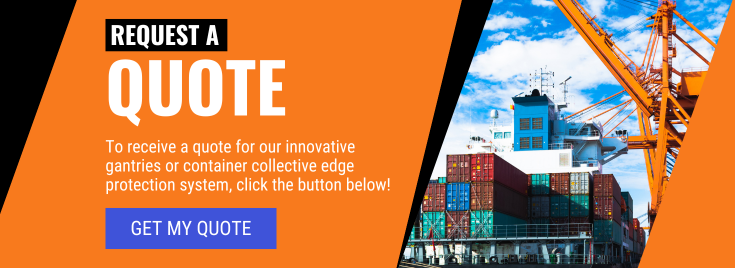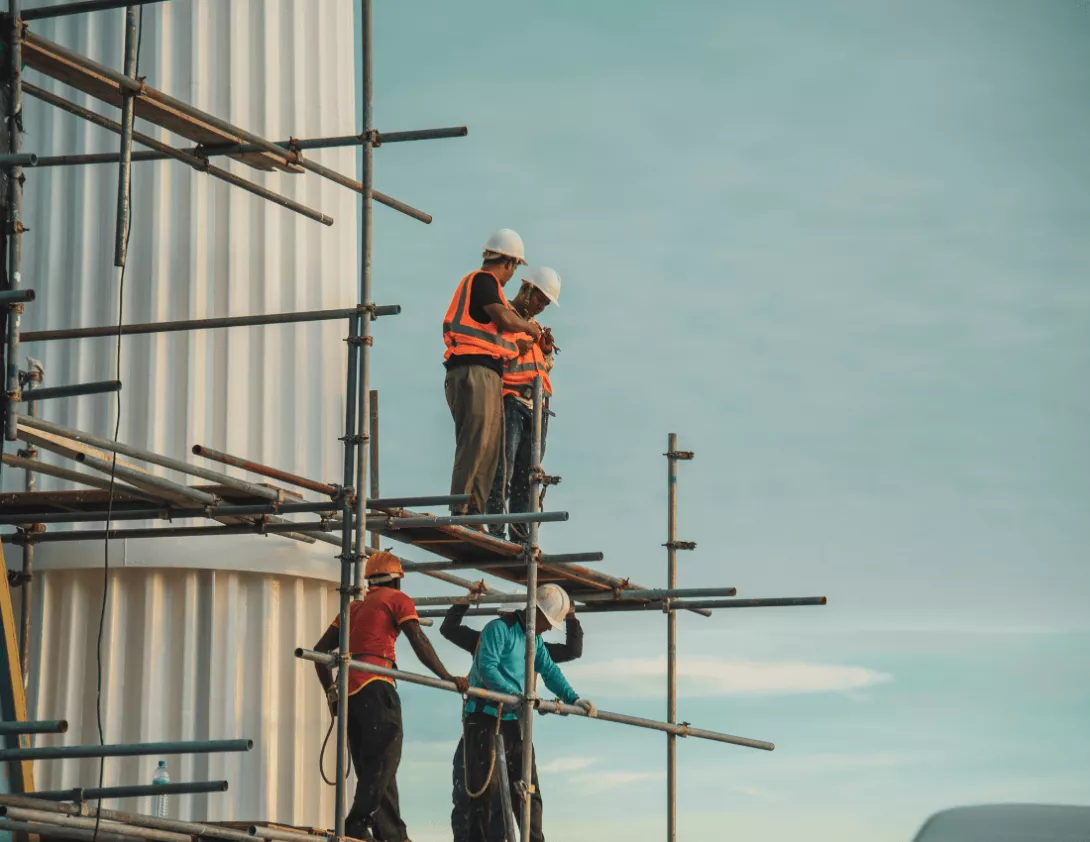Dangers Of Working From A Height: How To Prevent Workplace Falls
Managing health and safety on the construction site is inherently more difficult than in many other environments. Even so, it is a legal, ethical and practical requirement for all businesses in the sector. The biggest hazard in construction by far is falling, particularly when working at a height. With that in mind, here is a brief guide on how to prevent workplace falls.

The statistics on falls
According to statistics from the Health and Safety Executive (HSE), the construction industry was responsible for over a third of workplace fatalities in the UK 2022/23. The main cause of death was falls from a height. It was responsible for 40% of fatalities.
According to further statistics from the HSE, falls are also the leading case of non-fatal injury in UK workplaces. Out of a total of 561,000 self-reported injuries from the Labour Force Survey (LFS) in 2022/23, 40% were caused by falls. Of these 32% were caused by slips, trips or falls on the same level and 8% by falls from a height.
The practicalities of falls
Logically, the laws of physics suggest that the risks of working at a height are far greater than the risks of working on the ground. In particular, the effect of gravity will be greater.
This is why fatalities and serious injuries from working at height are more common than those from working at ground level. For example, a fall when working at height could easily result in brain or organ damage, limb amputation or, at least, serious concussion. By contrast, a fall at ground level might simply result in anything from a strain to a broken bone.
It is, therefore, particularly important that businesses take special care of their workers when they’re working at a height.
Preventive measures when working at a height
The preventative measures to take when managing people working at a height can be grouped into three categories. These are planning, equipment and training.
Planning
At the planning stage, you look for ways to minimise the need for workers to work at a height at all. Where it is clearly necessary for them to work at a height, you identify the specific risks of working at a height in that environment/situation. You then take steps to eliminate or at least minimise the risk from these. Therefore, the planning stage must look at the following:
- Collective Edge Protection – Elimination.
- Work or Fall restraint.
- Fall arrest – this will also require a rescue plan.
Equipment
Equipment plays a key role in preventing injuries from working at height. Standard PPE, such as hard hats and boots, can greatly protect against minor injuries. However, it’s advisable to use specialist equipment in more challenging situations.
For example, the Container Collective Edge Protection System (ConCEPS) from Shearforce is specifically designed to protect workers accessing the roofs of shipping containers. However, it can be adapted to other environments, such as barges. This ConCEPS solution allows businesses to maximise their workspace at minimal risk to their workers and, hence, themselves.
Training
The key to successful training is keeping it highly relevant to a person’s role. For example, workers will typically need to be trained on correctly fitting PPE such as harnesses. They may also need to be trained on specific equipment, such as MEWPS. Fitting a collective edge protection system such as ConCEPS should be simple and robust.
For more information on how Shearforce can help, contact us today.

Image Source: Canva

